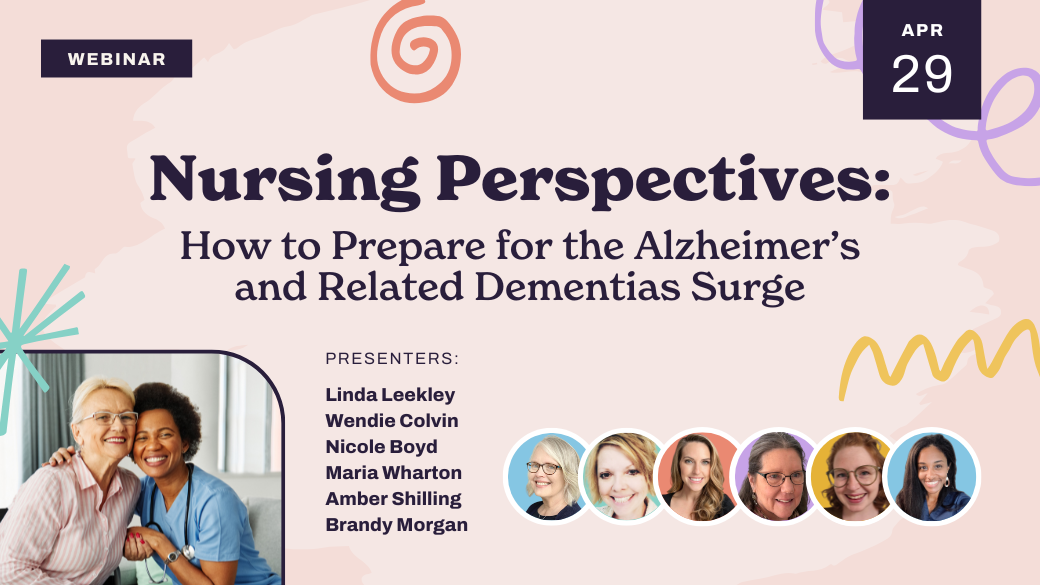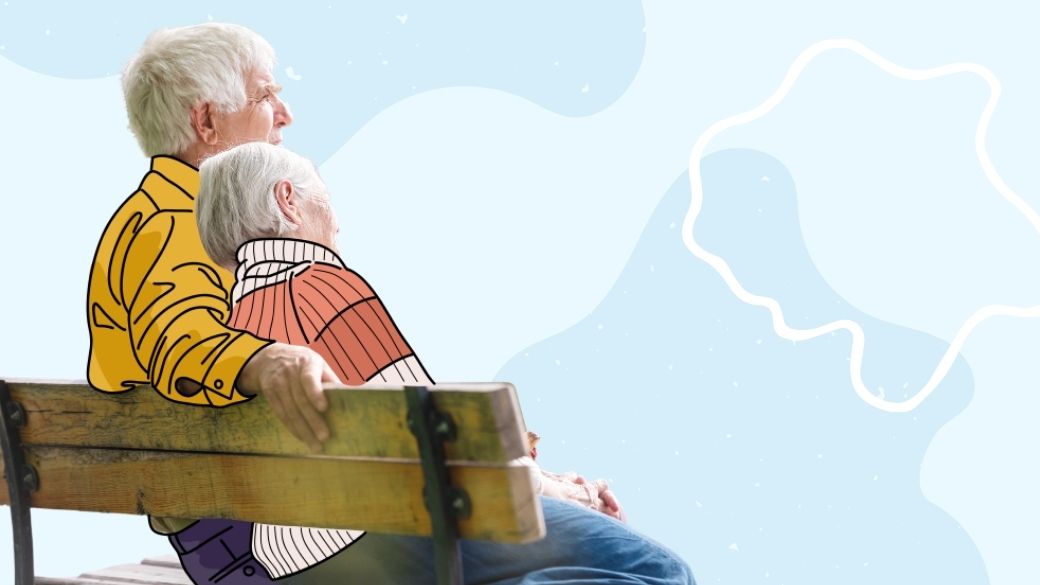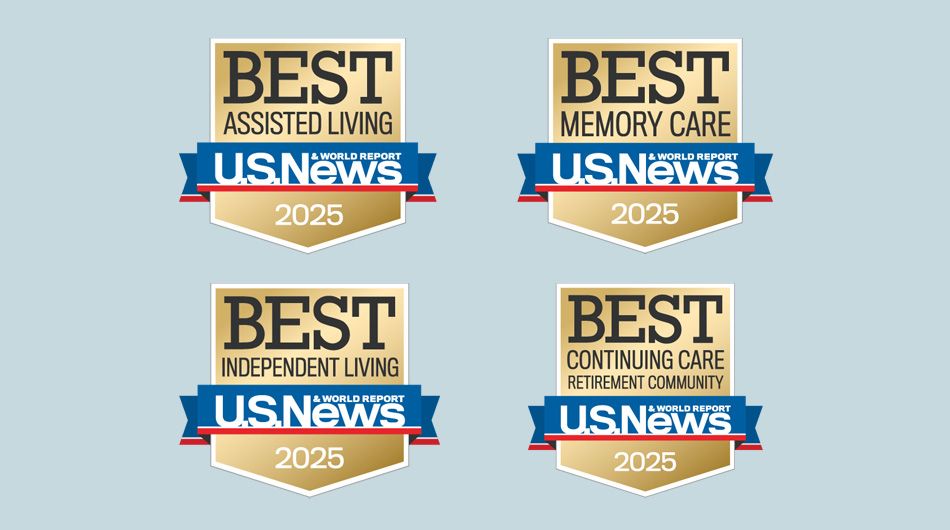When was the last time you spent time outside? When did you last spend time listening to the sounds of nature, and enjoying the sights and smells of the world around you?
I recently spent time exploring the state where I grew up. The smells and sounds of the ocean, the cold Pacific water, the scent of the eucalyptus trees, the warm, smooth granite, and the pine trees dusted with snow all reminded me of how much better I feel when I spend time outdoors.
Research shows that spending time outdoors improves well-being, alertness, and concentration. Our ability to be creative increases as our stress and anxiety lessen and pain levels decrease as well. Our physical health is improved as time spent outdoors decreases our heart rate, blood pressure, and muscle tension. Our immune system is boosted, improving our ability to fight infections and cancers.
The benefits of using nature in the end-of-life experience
These healing powers of nature have benefits for both patients and caregivers. Patients and caregivers experience a reduction in stress, fear, anxiety, and pain after spending time outdoors.
The presence of plants in a room, a view of the outdoors from a window, or even photos of the outdoors in a patient’s room have all been shown to reduce pain and anxiety and improve sleep.
Helping patients and families incorporate nature and time outdoors can be a powerful way to improve quality of life and comfort.
Consider the following story of a patient who incorporated the healing power of nature into her pain management routine.
A story of Ms. AM
Ms. AM taught me the importance of including nature at the end of life. She lived in a small home in the coastal forest. She was in her early 40’s and lived with her young daughter. Family and friends helped as her care needs increased.
She was reluctant to use conventional pain medications, preferring the benefits she found in nature. She spent most of her day outside. She had a mattress under the trees where she spent time with her daughter playing games, reading stories, and napping together.
Toward the end of her life, she struggled with low back pain. She chose to relieve her pain with hot baths.
She had a big metal bathtub under the trees, and family and friends boiled water to fill the tub. She would spend hours soaking in the warm water, experiencing the relaxation and comfort afforded by the warm water, sunshine, and birdsong.
Spending time with Ms. AM forced her caregivers to slow down and embrace her path to managing her end-of-life journey. It took extra time to blend the more traditional symptom management medications with the natural remedies Ms. AM preferred.
Taking that extra time allowed Ms. AM to die as she wished, comfortable and peaceful under her favorite trees with her daughter napping alongside her. The hospice team navigated the challenges of meeting Ms. AM’s needs so to honor her wishes for the end of her life.
The outcome was just as she envisioned for herself, and the hospice team gained insight into what is possible if one tries.
Like any challenging hospice experience, lessons learned are shared to improve care for others.
Providing your clients with a sense of comfort
How often is your agency helping a family bring their loved one home from the hospital, and attempting to honor their loved one’s wishes to die in their own home?
Where to put the hospital bed in a private home is a common dilemma in these situations. It seems instinctual to put it in the bedroom where the patient can have privacy and quiet. Families can be encouraged to ask the patient if they can participate in the decision and choose a spot.
If the patient cannot choose, have families consider where the patient liked to spend time when deciding where to put the hospital bed. Where is their loved one’s favorite chair? Placing the hospital bed in that location allows the patient to enjoy the view they’ve enjoyed daily from their chair.
Watching the changes in the garden or the neighborhood happenings can bring peace and comfort and help re-orient a patient who has spent time in the hospital. Children will often ask for their bed to be placed near a window so they can visit with friends and enjoy the familiar views of their yard and neighborhood.
The impact of nature on the families of hospice patients
Family members and caregivers also benefit from exposure to nature as they spend time visiting or caring for their loved ones. Taking a break to sit outside or take a walk can decrease stress and improve energy and engagement.
Moving outside to discuss changes in a patient’s condition and assessing family and caregiver coping allows both the clinician and family to destress and increases clarity of communication. There are times when being outside allows family members to share strong emotions and experience healing.
Hospice clinicians have all experienced the “car door” conversations where questions and fears that couldn’t be discussed inside come tumbling out as the family member graciously walks the hospice staff member to their car. There is something soothing about the outdoors.
Beyond encouraging families to include access to nature, when possible, hospice agencies can include opportunities to explore nature in their office settings and inpatient facilities.
How to incorporate nature into your office setting
Having a green space where staff can refresh, and bereavement clients can explore their grief and begin healing allows hospice agencies to better care for their staff and clients. Green spaces can offer a distraction from difficult situations and feelings, increase comfort, and reduce stress, all of which provide self-care for staff and family caregivers.
Inpatient facilities can be designed to fully incorporate the healing aspects of nature into the center itself. Windows that allow plenty of natural light and views of nature are a must. Doors that open fully to allow a patient bed to be moved outside mean patients can experience the feeling of the sun on their face, smell the familiar smells found in their part of the world, and experience time with family in a more natural setting.
Some hospice inpatient units host weekly picnics and ice cream socials, while others encourage families to gather in smaller ways.
Fairy gardens to enchant children are popular, and small play areas that provide an opportunity for visiting children to get their wiggles out are welcomed by both the children and their parents.
Using a labyrinth to reduce stress
A labyrinth, a centering walking path, is another element that can be incorporated into either an office or an inpatient setting.
Walking a labyrinth helps reduce stress by quieting the mind and creating an opportunity for increased awareness.
Staff and families find even short periods of time spent walking the labyrinth helpful in slowing the mind and calming the spirit, which allows them to jump back into the necessary work of companioning the dying.
If you don’t have space for a permanent labyrinth, canvas ones are available. They can be set up for use as needed for staff events, bereavement groups, and other situations as needed.
How to better meet the needs of your clients
Individualizing care planning in support of patient and family goals is one of the things that makes the hospice model of care unique.
Offering opportunities to incorporate nature in the patient and family’s end-of-life journey can have a powerful impact and be a differentiator for your agency. Links to supporting research and examples are included below.
Lest you think incorporating nature can be overly complicated and unattainable, consider the following example from UCLA Medical Center’s 3 Wishes Project.
After a several months stay in their ICU, a young gentleman was dying, and terminal extubation was planned. His wife struggled with the thought of her husband dying in the ICU surrounded by machines. Oceans and sunsets were always important to them.
The 3 Wishes Project supported the ICU team’s efforts to facilitate an end-of-life experience more in line with their wishes. The ICU staff was able to coordinate the transfer of the patient and all his machinery to the hospital’s outdoor space. The patient’s wife was able to spend some private time snuggled in bed with her husband. The extubation occurred as the sun was setting, and the patient passed peacefully in an outdoor space he loved.
The effort to let this patient die outdoors, as his wife felt he would have wanted, was immense. It forever altered the end-of-life experience for everyone involved.
If a hospital can coordinate the complexities required to meet that patient and family’s needs, what can your hospice do to better meet the needs of your patients and families?
Resources:
Related Posts
















